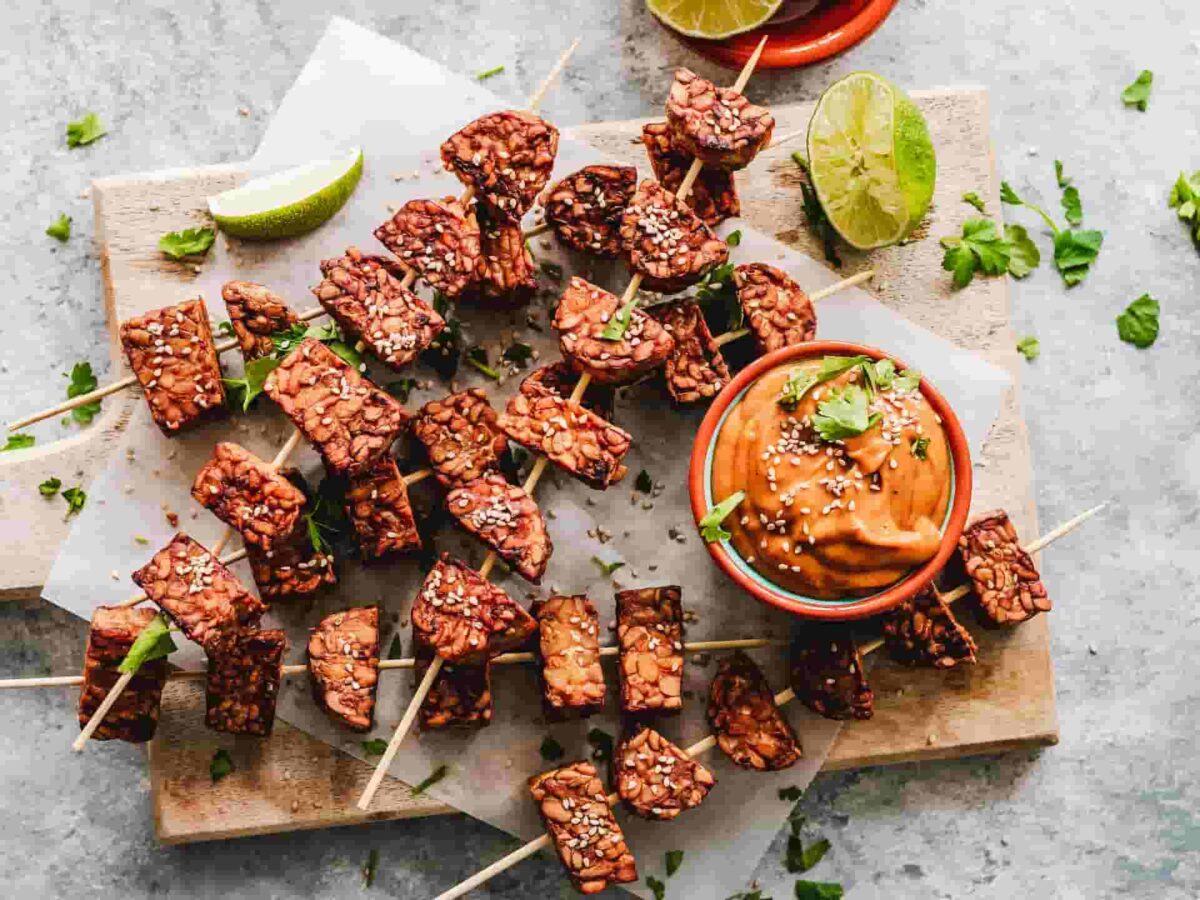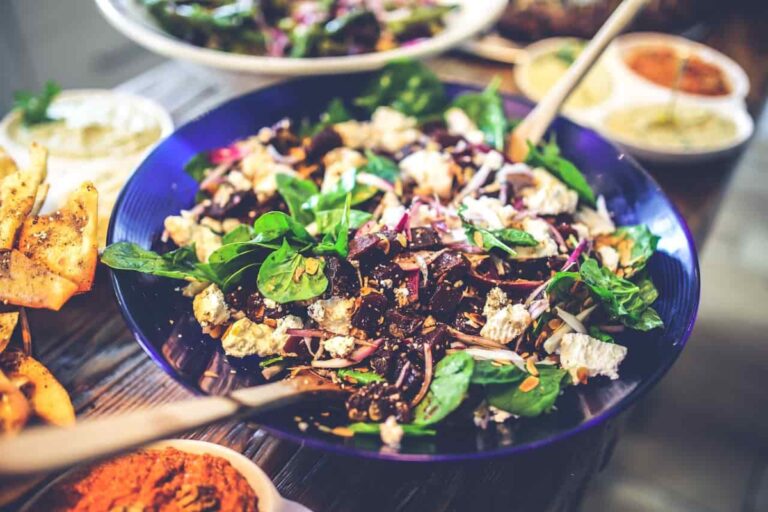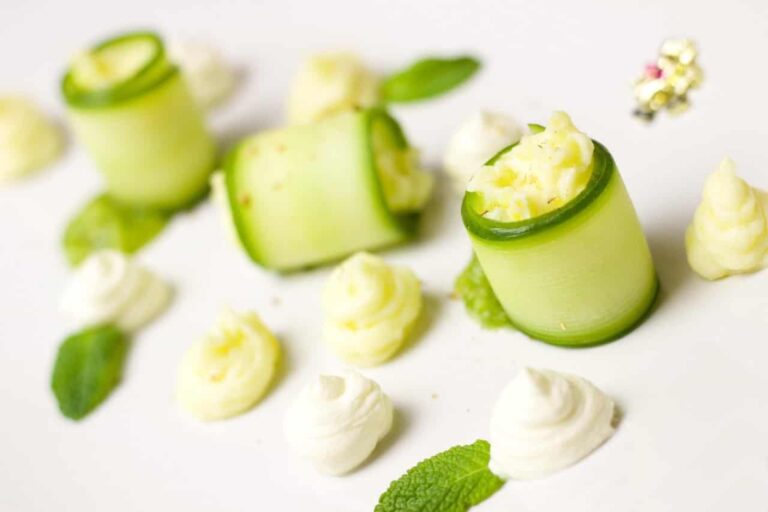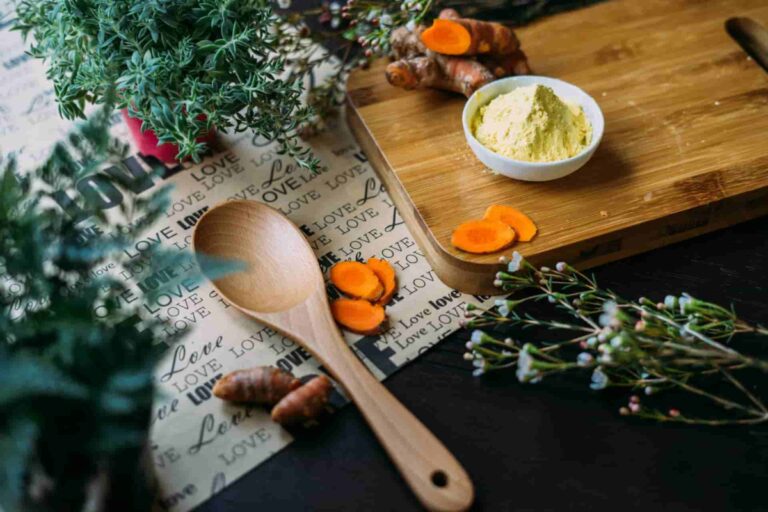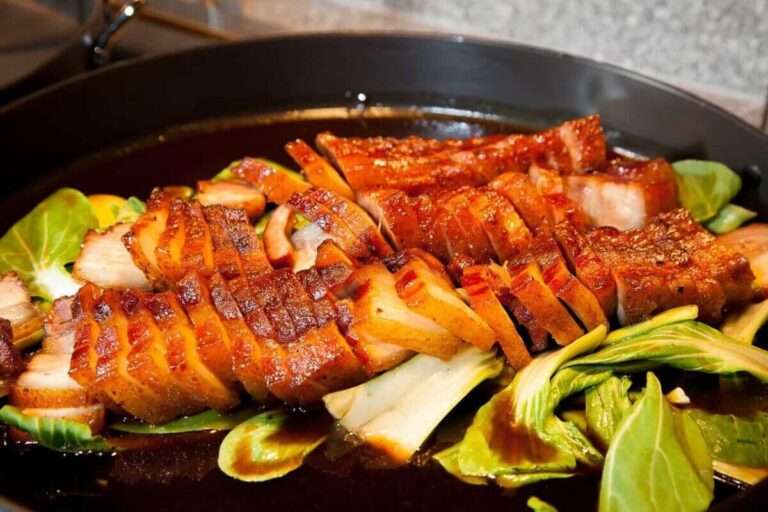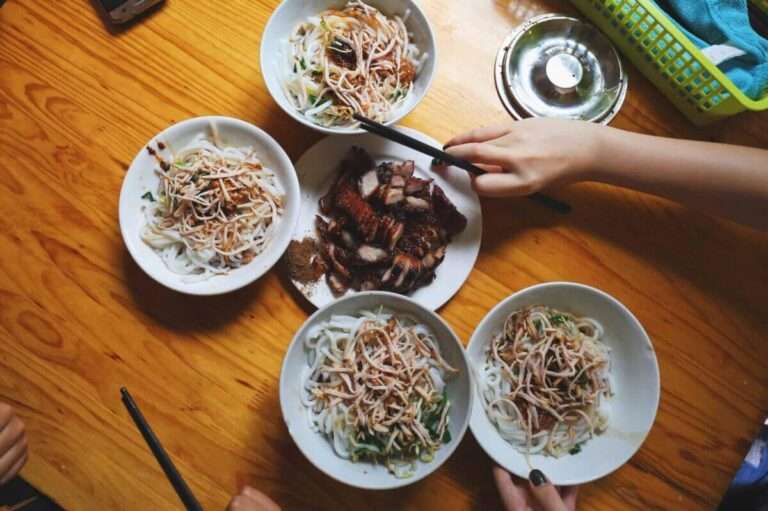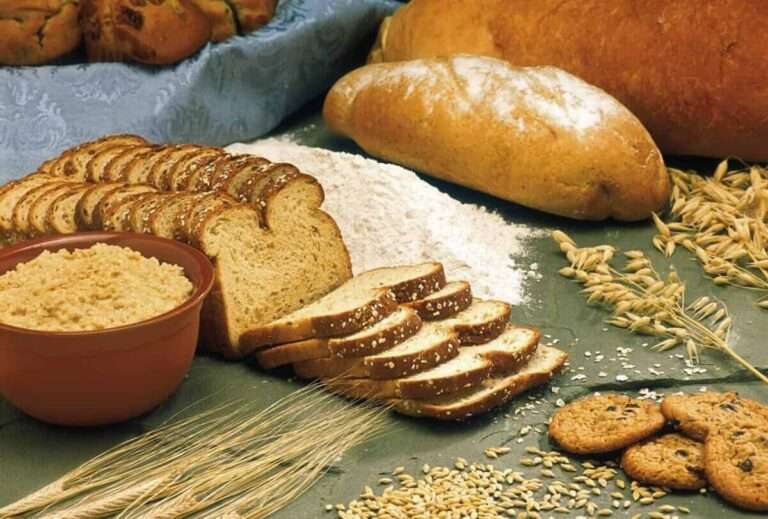Peanuts 101 – kitchen insights and benefits
Did you know that the annual consumption of peanut butter by the average European is less than one tablespoon?
- On the opposite side of the planet, there are people who eat enough peanut butter in a single year to coat the floor of the Grand Canyon with the spread. These people are Americans. According to a survey that was conducted in 2016, the average person will eat around 3,000 peanut butter and jelly sandwiches during the course of their lifetime.
- They are not nuts just due to the fact that the word “nut” is included in their name. Actually, peanuts belong to the legume family. These delectable and well-liked small legumes are not true nuts since they do not grow on trees like chestnuts, hazelnuts, or acorns. Instead, they are grown underground. Peanuts are legumes that contain edible seeds inside pods. They are a member of the Leguminosae family, which also includes soybeans, chickpeas, peas, licorice, clover, and lentils. However, for the purpose of complete and absolute anarchy, as well as meltdowns in countries all over the globe, let us simply label them crazy.
- Because there are now so many different kinds of peanut butter on the market, picking a favourite might be difficult in today’s market. However, in order for the jar to legitimately be referred to as “peanut butter,” it must contain at least 90 percent peanuts. This is true for both regular and natural varieties of peanut butter. Oil, sugar, or salt may also be included in some jars in addition to the other components.
- There are many different kinds of peanuts, but the ones that are sold commercially fall into one of four categories: runner, Virginia, Spanish, or Valencia. There are many different varieties of peanuts, each of which has its own size, taste, and nutritional profile. There are a few different “varieties” of peanuts for seed and production reasons within each of the four primary categories of peanuts. Because each variety has its own unique set of traits, a farmer may choose the kind of peanut that will perform the best in his or her particular market and geographic area.
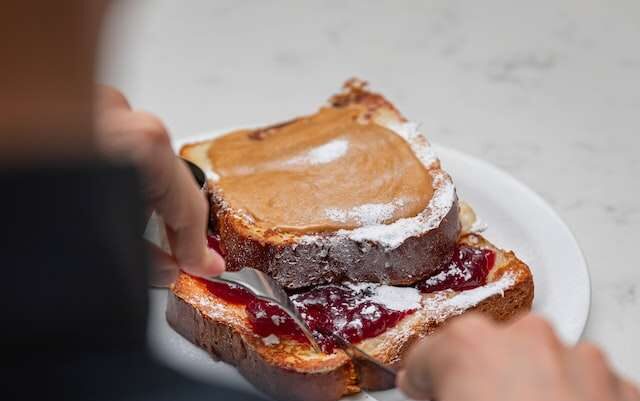
Peanuts nutrition values and health benefits
- Peanuts are an excellent food source that provide a wide range of essential nutrients, including vitamins and minerals. Peanuts are one of the most prevalent dietary sources of biotin, which is a nutrient that is very important for expectant mothers to consume in sufficient quantities.
- Copper is a kind of trace mineral that is often lacking in the diets of Western countries. There is a possibility that a shortfall will have a detrimental impact on the health of the heart. The presence of the trace element manganese may be seen in a variety of environments, including food and water.
- Niacin, which is also known as vitamin B3, is responsible for a wide range of important functions throughout the body. It has been associated with a reduced likelihood of developing cardiovascular disease. Folate, commonly known as vitamin B9 or folic acid, is a vitamin that dissolves in water and is responsible for a broad variety of important functions in the body. It is of the utmost importance, especially when pregnant.
- Thiamine, which is classified as a B vitamin, is often sometimes referred to as vitamin B1, particularly in specific contexts. It plays an important role in the transformation of carbohydrates into energy in the cells of your body and is essential to the healthy operation of your cardiovascular system, skeletal muscles, and nervous system.
- Phosphorus is a mineral that is essential for the growth and maintenance of the body’s structures. It is crucial to note that peanuts are a rich source of phosphorus, which can be found in plenty in these nuts.
- Magnesium is an important dietary element that participates in a number of major processes. It is believed that maintaining a healthy magnesium intake may help reduce the risk of developing cardiovascular disease.
- Peanuts include a wide array of bioactive plant components, including the free radical-fighting antioxidants, which are good for the health. In point of fact, they have antioxidant levels that are equivalent to those of many other kinds of fruits. The peanut skin contains the vast majority of the nut’s antioxidants and is the only part of the nut that may be eaten; however, this requires that the peanuts be consumed in their raw form.
- According to the findings of observational research, consuming peanuts may assist individuals in keeping a healthy weight and reduce the likelihood that they will develop obesity. Because each of these studies is an observation, it is impossible to draw any conclusions about the relationship between the two in terms of causation.
- Diseases of the heart are consistently ranked among the leading causes of mortality on a global scale. Observational studies suggest that eating nuts of any sort, including peanuts and other varieties of nuts, may assist to lower the risk of developing cardiovascular disease. These benefits are most likely the result of a combination of a number of different reasons.
- One of the food allergies that is seen the most often is an aversion to peanuts. It is estimated that somewhere about one percent of people living in the United States have an allergy to peanuts. An allergy to peanuts may pose a serious risk to a person’s life, and many people consider peanut allergies to be the most severe form of common food allergies. Those who suffer from an allergy to peanuts and the goods made from peanuts should steer clear of all peanuts and peanut products.
100g of peanuts has 567 calories (2372kj), 26g protein, 49g fat, and 16g carbs, including 9g fibre.
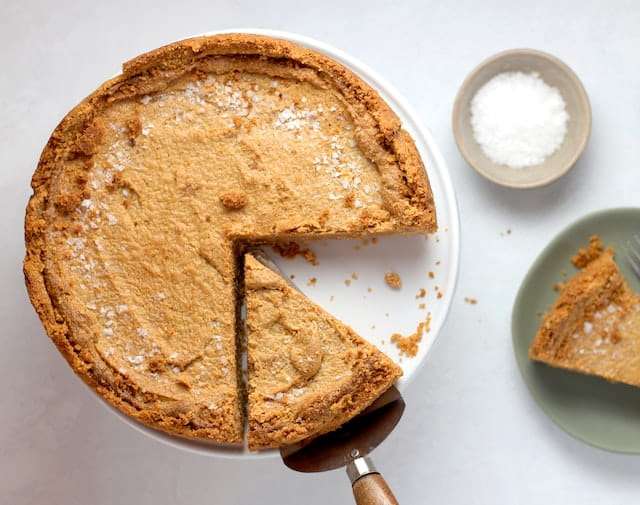
How to store peanuts and how to buy them
- Because there is a lot more room for storage in the pantry, keeping the peanuts there is the simpler and more convenient alternative. The main drawback is that they become less useful in a short amount of time because of the temperature.
- When it comes to the refrigerator, peanuts maintain their quality for a much longer period of time there. Put peanuts in a container that seals tightly to prevent air from getting in if you wish to store them in the refrigerator. Also, make sure you check it once every couple of weeks to see if there is any condensation that may have formed. In such case, blot away any excess moisture using some paper towels.
- You may also store peanuts in the freezer, but I do not personally know anybody who does it. In the event that you do decide to do that, ensure that the items are hermetically packed in a freezer bag or another container that can keep out air.
- Why then are storage times kept to such a minimum? Peanuts go rancid because they contain a significant quantity of oil, and here is my perspective on how long oil may remain stable in peanuts. Follow these steps to determine whether or not the ones you have become rancid:
- Give the peanuts a thorough whiff with your nose. If, instead of having the characteristic scent of nuts, they have a sour smell (like sour milk), this indicates that they have become rancid.
- Try some of the peanut’s kernels. Consume a few nuts and pay close attention to the flavour of each one. You should focus on the taste that has a nutty quality. If, on the other hand, it has a sour or bitter taste, you already know what is going on.
- If you consume a handful of rotting peanuts, there is a good chance that you will not become sick. However, doing so is not only detrimental to your health but also unpleasant for your taste senses. It is in your best interest to get rid of them.
- If the container of peanuts you have has a “best-by” date, you should absolutely make use of it as a guide for determining how much longer, on average, the nuts will maintain their optimal flavour. However, if you have purchased peanuts in quantity, you should follow the instructions below:
- Peanuts in their shells have a shelf life of around four months when stored in the pantry and about a year when stored in the refrigerator.
- The shelf life of shelled peanuts in a pantry is roughly four weeks, but they may be kept for a whole year in the refrigerator.
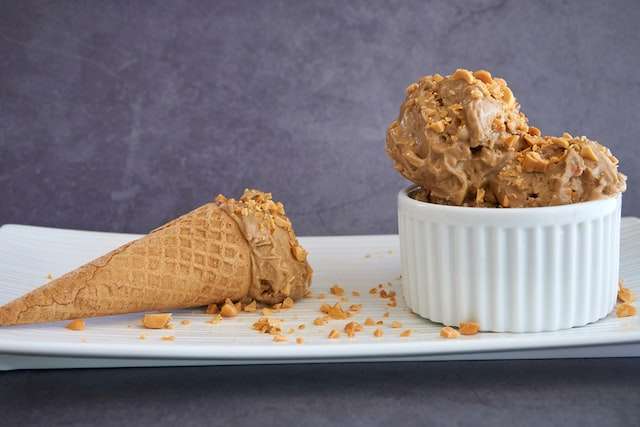
Cooking techniques, secrets, and tips from the kitchen
- There are several subtypes of peanuts cultivated around the globe. The following are the ones that are most often cultivated:
- Runner. A grain that is regular in size and is coated by a skin that is reddish in colour. This particular kind of peanut is used for a number of purposes, including the production of peanut butter, crocantis, and coated confectionary items, amongst other applications.
- Virginia. This type yields grains that are bigger and, as a result of its scent, are put to use in the production of savoury snacks (with and without the shell).
- Spanish. This kind of peanut, which can be identified by its tiny grain and reddish-brown skin, has a higher oil content and is an excellent option for use in the preparation of savoury items (without the shell), as well as butter, oil, and confectionary products.
- Valencia. This strain is notable for having a very sweet flavour and is one of the most adaptable types. With its shell, it may be used to produce roasted and toasted snacks, in addition to other savoury snacks that can be fried, boiled, or boiled in water.
- Some of the products made with peanuts are:
- Peanut Butter. Peanut butter is a paste that is made with dry roasted peanuts. You can have up to 100% peanut content, according to the need or the manufacturer. They don’t contain artificial sweeteners, colours or preservatives, although some manufacturers may add salt, sugar or oil to stabilize the mixture. It is estimated that more than 50% of peanuts grown in the US are eaten in the form of peanut butter, especially in sandwiches, both for its delicious flavour and for being an alternative source of vegetarian protein.
- Peanut flour. Peanut flour is made with roasted, crushed and defatted peanuts. This flour is a good alternative for people with celiac disease (gluten allergy) and vegans. Peanut flour has a widespread use in the food industry for its pleasant taste and aroma. It is used to prepare snacks, which are baked like French fries, and also to enrich smoothies and thicken sauces.
- Peanut oil. This peanut by-product is used to fry, sauté, or add flavour. Peanut oil can be used at high temperatures and has a high smoke point. In addition, the food that’s cooked in it doesn’t absorb its flavour.
- The Peruvian meal known as aj is made using peanuts, and it may be made with either chicken or fish. In addition, you will find them in traditional Indonesian cuisines like gado-gado, pecel, karedok, and ketoprak. These dishes have vegetable salads blended with peanut sauce and are often served as side dishes.
- Although peanut sauce is often taken on its own or with pitta bread due to its high energy content, it is common practise in Mali to use it as a flavour for a meal that consists of roasted chicken flesh. Onion, garlic, peanut butter, carrots, and cauliflower are all components of this meal.
- The sautéed soba or udon noodles serve as the foundation for the noodle dish, which also includes chopped onion, broccoli, carrot, mushrooms, black pepper, and ground coriander. Add meat or tofu slices with some sprinkling of salt and pepper (in vegan dishes). In this particular instance, peanut butter is used in the process of preparing the sauce by combining it with other components such as sesame seeds, grated ginger, sesame oil, soy sauce, and lemon juice.
- Spicy peanut sauce drizzled over chicken. Both salted and unsalted varieties of peanut butter are available on the market. The first method enables us to prepare scrumptious meals much like this one. A dash of pepper is added to the chicken before it is served either in tacos or on skewers. Salted peanut butter, garlic, shallot, olive oil, soy sauce, chilli pepper, and lemon juice are the ingredients that go into making the spicy peanut sauce.
- Apple muffins and peanut butter are on the menu today. The addition of natural apple is supposed to result in light-as-air muffins with a robust taste, and that is the goal of this recipe. The topping is prepared using peanut butter, which, when mixed with cream cheese, milk, and icing sugar, results in a smooth dough that may then be utilised. You might add some chocolate-covered seeds as a garnish for the finished product.
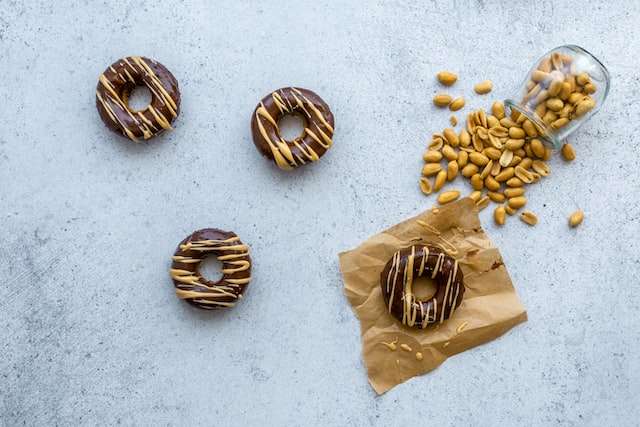
History of peanuts from the beginning until today
- Jars of peanuts, perhaps intended to sustain the soul throughout the afterlife, are often unearthed in ancient Inca burials along the dry western coast of South America. During celebrations, indigenous communities in central Brazil mix peanuts and corn into a boozy beverage.
- When the Spanish explorers first set sail for the New World, peanuts were already being grown as far north as Mexico. The Spanish now cultivate peanuts thanks to the nuts that the explorers brought back with them. Merchants and intrepid travellers brought peanuts from Spain to the rest of the world. The plant eventually took over most of the western tropical region of Africa, but its influence was felt all across the continent. To many Africans, the peanut represented one of the few animate plants.
- Botanists in the 1700s discovered that peanuts, then called groundnuts or ground peas, were an excellent source of protein for pigs. Peanuts were initially produced commercially about the year 1800 in South Carolina, where they were used for oil, food, and as a substitute for cocoa, according to historical documents. Growing and harvesting peanuts were time-consuming and labor-intensive until time-saving machinery was introduced about 1900, which contributed to their low cultivation rates.
- Peruvian and Mexican cuisines, which share a blend of indigenous and European influences, also include prominent uses of peanuts. Peruvian dish picante de cuy is a good illustration; it has South American components like ground peanuts and is prepared with other South American ingredients like roasted onions and garlic (ingredients from European cuisine). Also, the city of Arequipa in Peru is home to a dish called ocopa, which is often served over meat or potatoes and topped with a silky sauce prepared from roasted peanuts and chilli peppers (all of which are native to the region), in addition to roasted onions, garlic, and oil.
- You may find a similar mix in fricassee, but instead of raw chicken or seafood, you use cooked and shredded chicken or shellfish. The Spanish word ajes means “hot peppers,” and it is often used to describe a wide variety of spicy cuisine (seafood ajes may be made without peanuts). Traditional dishes like chicken in peanut sauce (encacahuatado) rely heavily on this ingredient, and so do red pipián, mole poblano, and oaxacan mole de negro, to name just a few more.
- During their colonial rule in Peru, the Spanish also substituted peanuts for nuts like almonds and pine nuts, which were not readily available at the time but were commonly used in Spanish cooking. These peanuts were often ground or mixed with rice, meat, and vegetables to create dishes like rice pilaf.

